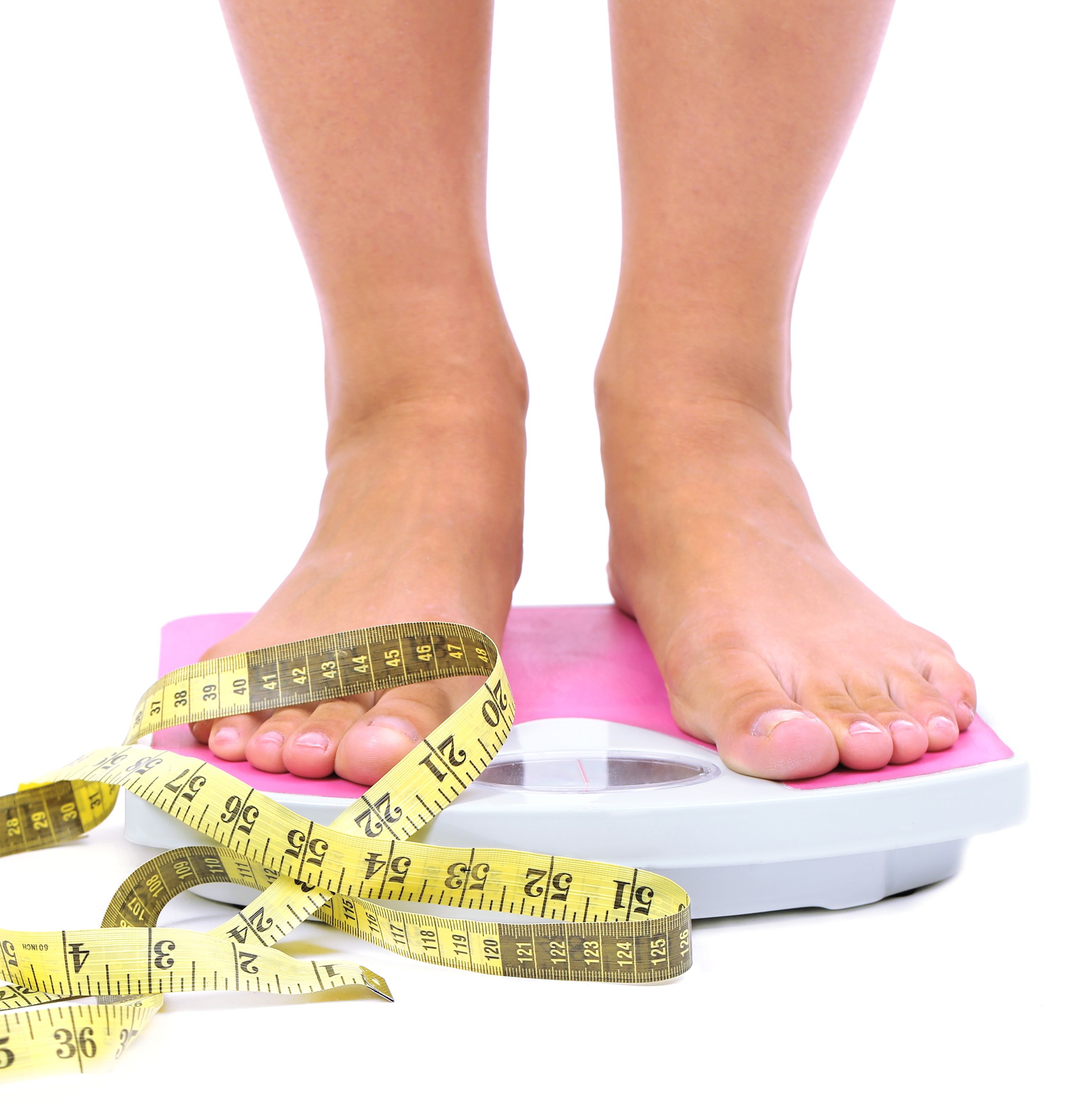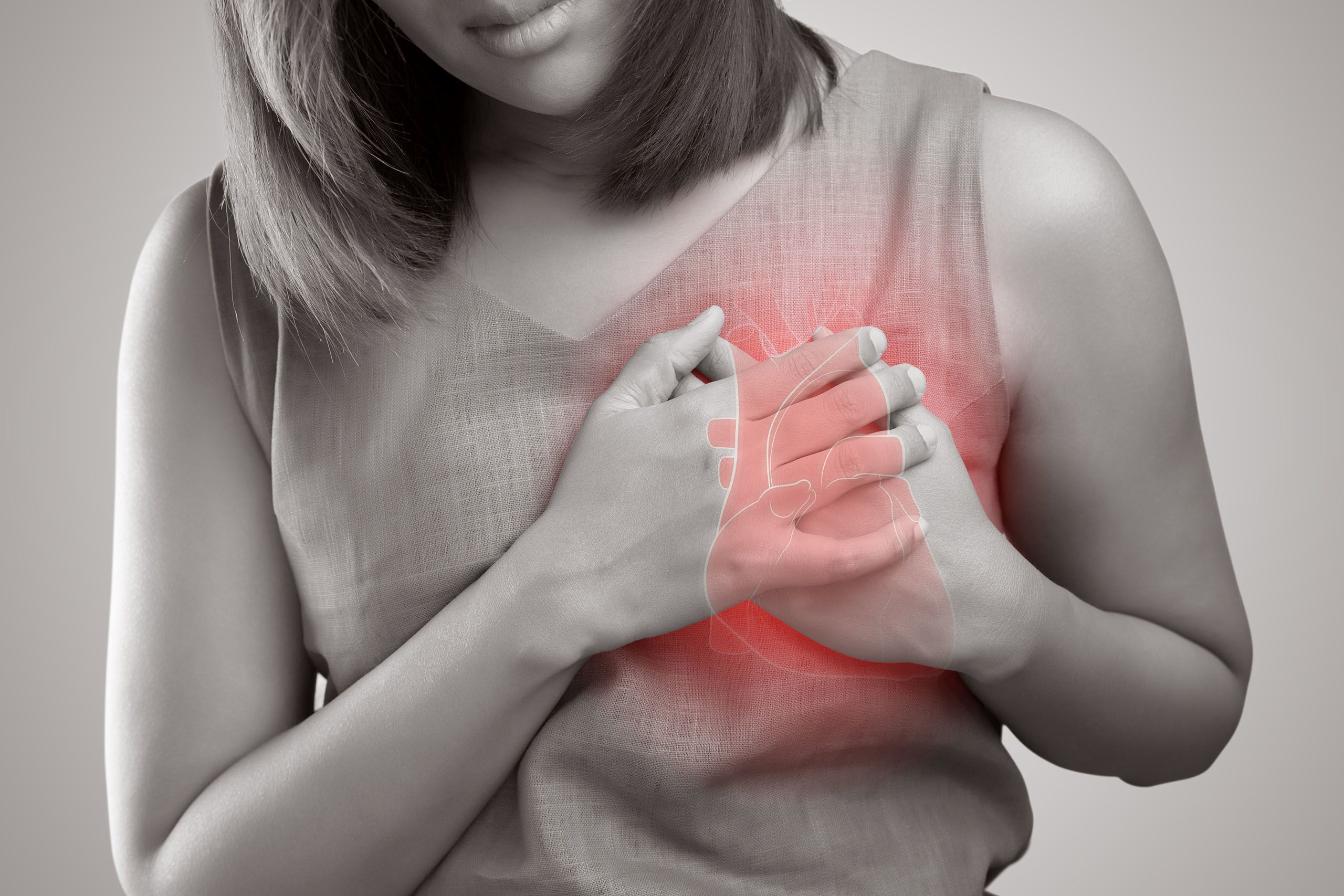How menopause affects the heart and waistline
Menopause represents a comprehensive change to multiple elements of the female body. Its effect on cardiovascular and metabolic systems are not discussed enough.

Menopause is something all women will experience. It begins when a woman hasn’t experienced any menstruation for a period of 12 months. The average age of menopause onset is 51 years, although it is common for women to undergo menopause from the age of 45. Menopause is irreversible and its most obvious effect is that it prevents future pregnancies.
Obvious symptoms of menopause, such as hot flashes, are only the tip of the iceberg. An extraordinary range of cardiovascular and metabolic changes occur during this transition period, which could be highly detrimental to health.
WEIGHT GAIN
During menopause, women experience a significant decline in oestrogen, especially levels of oestradiol (E2). This, along with an increase in the gonadotropin follicle-stimulating hormone (FSH), can lead to changes in energy expenditure and intake, causing a positive energy balance and resulting in weight gain. The weight gain is primarily due to increased fat accumulation, especially around the abdomen. This can increase the risk of cardiometabolic diseases.
Typically, women gain an average of two to three kilograms during the menopause transition. However, this varies greatly among individuals. Elevated body weight, particularly in the abdominal region, is linked to more pronounced vasomotor symptoms such as hot flashes and night sweats, as well as insomnia.
SLEEP DISTURBANCES
Sleep disturbances become more prevalent in women as they age, marked by declining E2 and progesterone levels. In the Study of Women's Health Across the Nation (SWAN), sleep disturbances were recorded in the following ranges, increasing with menopausal progression:
- 16% to 42% in premenopausal women
- 39% to 47% during perimenopause
- 35% to 60% in postmenopausal women
Vasomotor symptoms of menopause like hot flashes and night sweats correlate with reduced sleep quality. Even women without these symptoms during late perimenopause and postmenopause report sleep difficulties compared to premenopausal women.
Research also suggests that women experiencing sleep disruption during menopause may be at higher risk of significant weight gain and increased abdominal fat than those without such disruptions.
This is because sleep disruption often leads to increased energy intake, driven by altered appetite hormones (lower leptin, higher ghrelin), heightening hunger and appetite. Sensitivity to food rewards changes, and disinhibited eating tendencies increase.


CARDIOVASCULAR EFFECTS
Menopause brings about an increase in specific cardiovascular disease (CVD) risk factors, including vascular dysfunction and hypertension. Postmenopausal women, in particular, face an elevated risk of CVD, mostly due to ovarian failure and the subsequent loss of E2 during menopause.
Vascular dysfunction and hypertension, typical hallmarks of aging, are characterised by problems like endothelial dysfunction and the stiffening of large arteries. Ageing leads to endothelial dysfunction by reducing nitric oxide availability, primarily due to heightened oxidative stress and inflammation.
Oxidative stress, marked by excessive production of reactive oxygen species, depletes nitric oxide, impairing endothelial function and increasing arterial stiffness.
Women generally maintain vascular function until menopause, after which it progressively declines due to changes in redox balance and inflammation related to the loss of E2's antioxidant and anti-inflammatory effects.
Oestrogen-based hormone therapy may help mitigate CVD risk factors, particularly if initiated within ten years of the final menstrual period. This timing hypothesis suggests that oestrogen's benefits may wane if therapy begins more than a decade after menopause. There is a host of conflicting study results about the role of oestrogen in CVD and atherosclerosis treatment.
This variability in study results regarding oestrogen's effects on atherosclerosis may be attributed to different oestrogen doses, types, and study populations.
Stiffening of the large arteries caused by vascular dysfunction raises systolic and pulse pressure, increasing afterload on the left ventricle (LV) during ejection. This can cause LV hypertrophy, altered diastolic filling, and reduced LV systolic capacity.
Oestrogen has been found to play a role in LV hypertrophy caused by pressure overload, as studies in ovariectomised (OVX) mice show that they develop LV hypertrophy, which can be reversed with E2 replacement therapy.
Women with heart failure are more likely to have heart failure with preserved ejection fraction (HFpEF) than men. HFpEF is a type of heart failure where the LV pumps normally, but the heart muscle is stiff and doesn't relax properly, resulting in symptoms like shortness of breath and fatigue.
Women also tend to experience increased LV mass as they age, potentially leading to diastolic dysfunction, characterised by impaired LV relaxation and additional heart failure symptoms.
LIFESTYLE CHANGES
Current clinical guidelines typically recommend menopausal hormone therapy primarily for the treatment of menopausal symptoms rather than for preventive purposes. However, lifestyle modifications involving diet (calorie restriction) and exercise (aerobic and/or resistance training) can be valuable in curbing weight gain and reducing the associated cardiometabolic risks during the menopausal transition.
Diet and exercise interventions can effectively reduce body weight and notably decrease visceral fat accumulation. Even a modest 5% weight loss in individuals with obesity has been found to enhance insulin sensitivity and β-cell function, benefiting adipose tissue, liver, and muscle health.
Data from the SWAN study indicates a link between increased moderate to vigorous physical activity and reduced percentages of body fat, particularly among white women aged 47 to 57.
Research has also explored whether exercise or caloric restriction is more effective in reducing weight and targeting abdominal fat in this group. Some studies, like the SHAPE-2 study, combined both aerobic and resistance training, resulting in significant subcutaneous fat loss. Others, like the Diet, Exercise, and Metabolism for Older Womenstudy, compared diet alone to diet plus aerobic exercise and found similar weight and fat loss in both groups.
A long-term study called the Women’s Healthy Lifestyle Project revealed that dietary restriction and increased physical activity during peri- and post-menopause can reduce waist circumference, fat mass, and subclinical markers of atherosclerosis. This study demonstrated the feasibility of sustained behavioural modification among populations at higher risk of weight gain, such as perimenopausal women.
CONCLUSION
It is clear that menopause is a complex, comprehensive and sometimes decades-long event that fundamentally alters the female body. Hormonal changes during menopause have a knock-on effect on cardiovascular health, due mostly to hypertensive symptoms and vascular dysfunction. It can also lead to weight gain which can further harm the cardiovascular system and lead to CVD. Lifestyle interventions are effective, especially if started during the early stages of menopause. For many patients, some form of hormone therapy will also be highly effective.


REFERENCES
Hyvärinen, M, et al, 2022. Metabolic health, menopause, and physical activity—a 4-year follow-up study. International Journal of Obesity, Volume 46, Pages 544–554.
Marlatt, KL, et al, 2022. Body composition and cardiometabolic health across the menopause transition. Obesity (Silver Spring). 2022 Jan;30(1):14-27.
